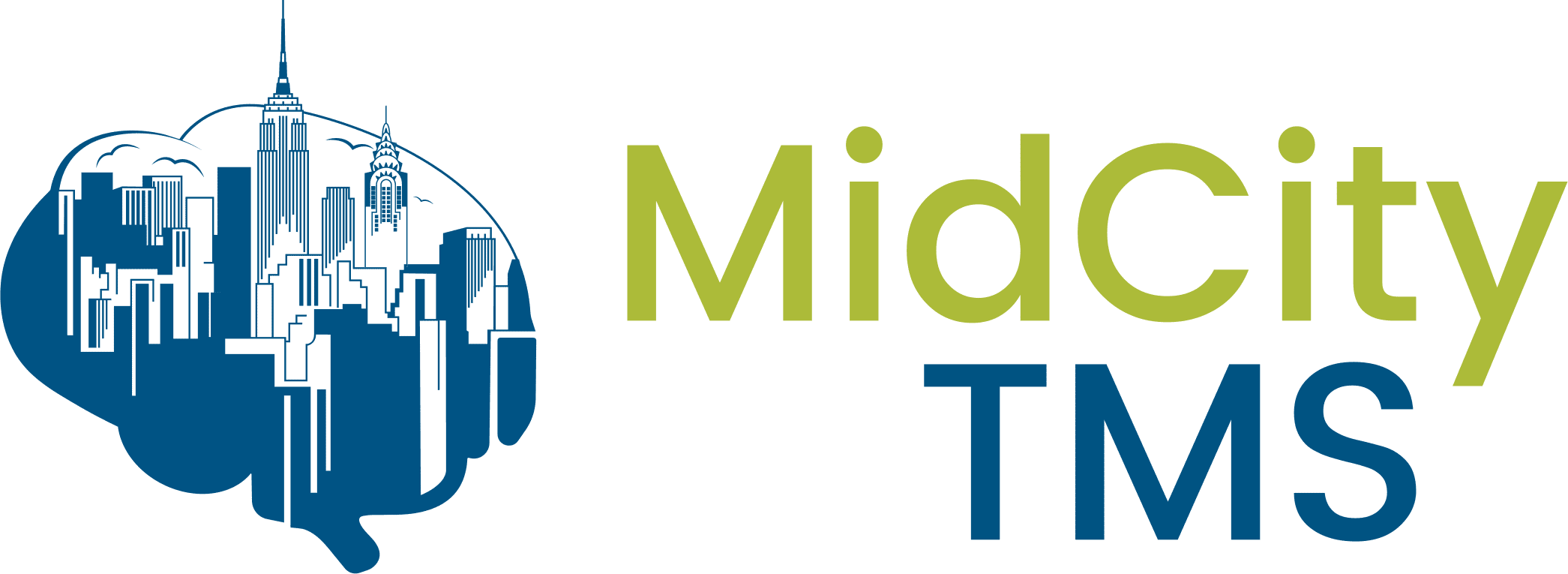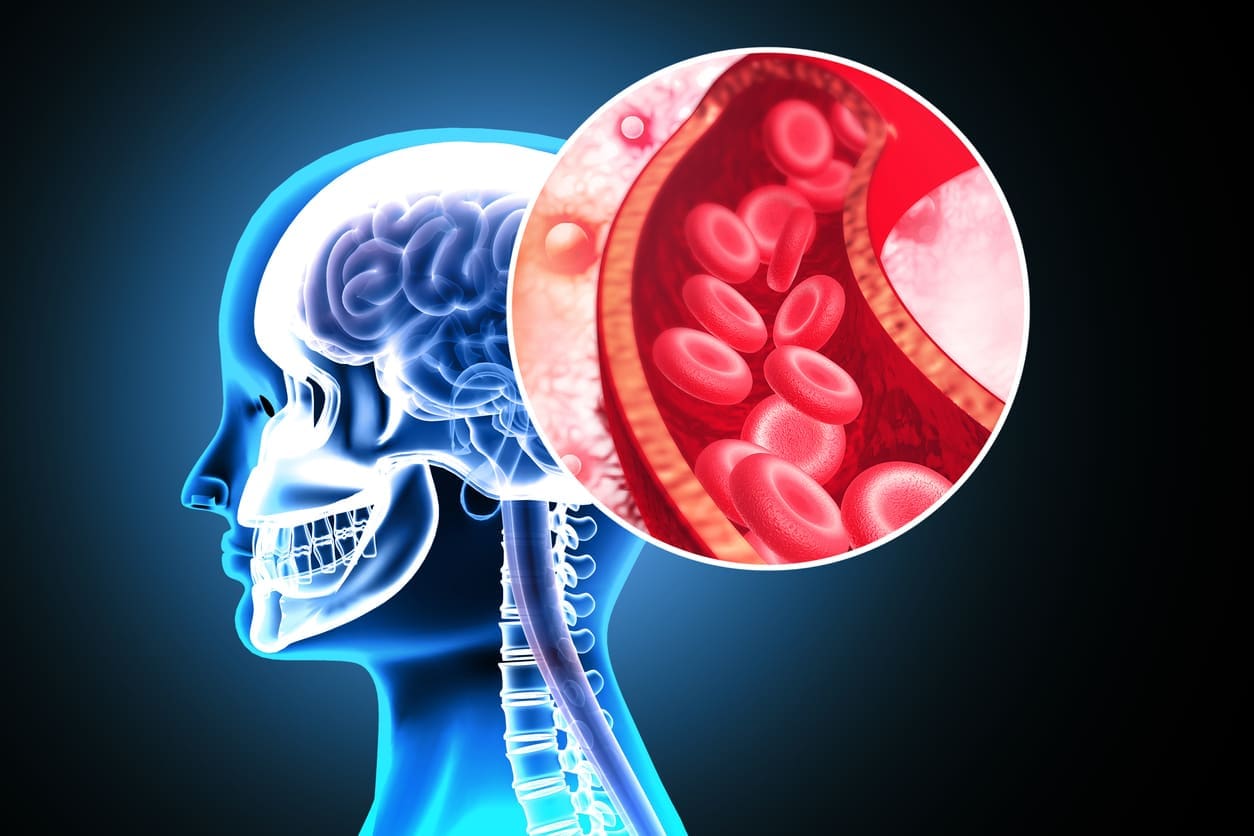For many, strokes and depression go hand in hand, so you may be wondering how to treat post-stroke depression. According to Psychiatry Advisor, stroke is not only one of the leading causes of permanent disability, but also can lead to poststroke depression. But what exactly is post-stroke depression, and how can it be treated?
What is Poststroke Depression?
Post-stroke depression (PSD) is a type of vascular depression that transpires after a stroke with a prevalence of 33.5%, but it can sometimes take 6 months or more to manifest. A 2021 study defined post-stroke depression as a conspicuous and “persistent period” of depression or “markedly diminished interest or pleasure in” most activities. PSD adversely influences outcomes by reducing the quality of life, increasing caregiver burden, and increasing early mortality as much as ten-fold.
While PSD symptoms overlap significantly with those of traditional depression, the PSD phenomenology has a few key differences. People who suffer from PSD are less likely to experience disturbed sleep or feel as apathetic as patients with standard depression. Additionally, PSD sufferers do not experience as sharp of a loss of interest. However, PSD sufferers experience higher rates of suicidal ideation, with a rate of 11.8% among PSD patients. Additionally, PSD also affects a patient’s risk of stroke. People with PSD are more likely to have severe and debilitating strokes, resulting in more handicaps and more extensive hospital stays than those without PSD.
PSD is caused by complex interactions between anatomy and neurochemical factors. If patients experience a reduction in monoamines (such as serotonin), abnormal neurotrophic reactions, hypothalamic-pituitary-adrenal (HPA) axis dysregulation, glutamate-mediated excitotoxicity, or increased brain inflammation during a stroke, they are more likely to suffer from PSD post-stroke. Other studies have found that stroke severity is the number one risk factor, with left anterior lesions following closely after.
Unfortunately, post-stroke depression can be difficult to spot and is widely underdiagnosed. Because many stroke patients suffer from cognitive impairment, they are unable to accurately report their symptoms. Additionally, many post-stroke symptoms and PSD symptoms can look quite similar, manifesting as a loss of appetite, concentration difficulties, or sleep disorders. However, if post-stroke depression is left untreated, it not only reduces the quality of life but also damages cognitive and social abilities while also increasing the risk of death. If you are unsure whether you, a loved one, or a patient is suffering from normal post-stroke symptoms or PSD, look to the non-somatic symptoms. If a person is feeling guilty, hopeless, or worthless, it is likely they have PSD and should be treated accordingly.
How to Treat Poststroke Depression
Despite the significant clinical burden of PSD, there are limited treatment options to prevent or reduce its severity. Treating PSD with medicine and antidepressants hasn’t proved entirely effective. While some cases demonstrate significant benefits, others have demonstrated major side effects, such as SSRI-related brain hemorrhages. Psychotherapy and medications are well-established as treatments of choice in major depression, however, a subset of patients do not respond to either of these first-line therapies. SSRI use has been associated with an increased risk of hemorrhagic complications as well as an increased risk of falls in the elderly, while other studies have shown that SSRIs are actually associated with increased risk for stroke, myocardial infarction, and all-cause mortality. A recent meta-analysis for stroke patients concluded that antidepressants did not significantly improve patients’ general recovery, achieved varied response rates, and were not tolerated due to adverse effects. Compliance, communication problems, and lack of access to psychiatric care are further challenges to treating PSD.
TMS to Treat Poststroke Depression
However, studies suggest that noninvasive brain stimulation like transcranial magnetic stimulation (TMS) can be extremely effective in treating PSD, helping post-stroke patients in their rehabilitation. TMS is a non-invasive, electromagnetic treatment for depression, and it can help to modulate post-stroke neuron activity, leading to brain changes that improve PSD symptoms. A 2017 study conducted a systematic review and meta-analysis to determine the effects of repetitive transcranial magnetic stimulation (TMS) on PSD. The results conclude that TMS is an extremely effective and beneficial treatment for PSD.
A 2020 study continued to build off of this work, with results of an accelerated TMS protocol that were favorable, suggesting that TMS is a safe and viable option for the treatment of PSD. All treated patients experienced a significant improvement in depressive symptoms, with a remission rate of 100% directly following TMS. Remission status persisted in five of the six patients at 3-months follow-up. The researchers also found no adverse side effects, arguing that TMS could function as an effective alternative or adjunctive therapy for PSD patients.
Seeking Relief from Poststroke Depression? Call Mid City TMS
When learning how to treat post-stroke depression, it’s important to remember that pharmaceuticals are not the only (or even the most effective) option. Transcranial magnetic stimulation is an extremely effective form of treatment for both chronic and subacute PSD, rehabilitating patients faster. If you or a loved one suffer from PSD and you want to learn more about Transcranial Magnetic Stimulation and its benefits, contact Mid City TMS today. Our Mid City TMS experts are ready to work with your doctors or therapist to ensure TMS is the right fit for your current medical needs.



